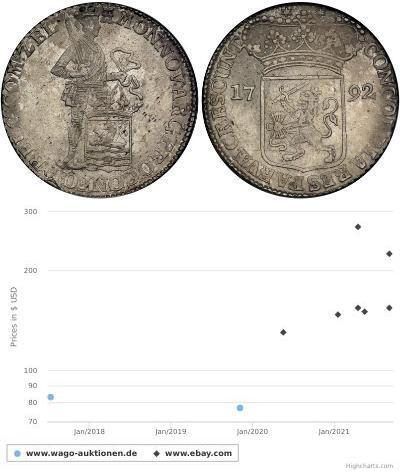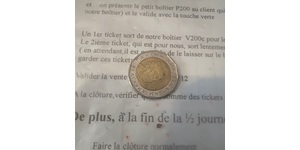Constantine the Great's Coin Denomination
Constantine the Great's coinage encompassed a variety of denominations, reflecting the diverse economic needs and trading practices of the Roman Empire during his reign. Here are some of the main denominations found in Constantine's coinage:
Aureus: The aureus was the primary gold coin of the Roman Empire, and it had the highest value. During Constantine's reign, the aureus continued to be minted, although it became less common compared to silver and bronze coins. The aureus typically featured the emperor's portrait on the obverse and various symbolic motifs on the reverse.
Solidus: The solidus was introduced during the reign of Constantine's predecessor, Emperor Diocletian, but it continued to be minted and used extensively during Constantine's reign. The solidus was a high-value gold coin, similar in value to the aureus. It was renowned for its purity and stability and remained the standard gold coin of the Byzantine Empire for centuries.
Argenteus: The argenteus was a silver coin introduced during the reign of Emperor Diocletian and continued to be minted during Constantine's reign. It was initially intended to replace the denarius as the primary silver coin of the Roman Empire but was eventually replaced by the silver siliqua. The argenteus typically featured the emperor's portrait on the obverse and various symbolic motifs on the reverse.
Siliqua: The siliqua was a smaller silver coin introduced during the late Roman Empire, including Constantine's reign. It was intended to circulate alongside the larger argenteus and served as a fractional denomination for smaller transactions. The siliqua typically featured the emperor's portrait on the obverse and various symbolic motifs on the reverse.
Follis: The follis was a large bronze coin that served as the standard unit of currency for everyday transactions in the Roman Empire. During Constantine's reign, the follis underwent various changes in size, weight, and design. It typically featured the emperor's portrait on the obverse and various symbolic motifs on the reverse, including personifications of virtues or concepts.
These are some of the main denominations found in Constantine the Great's coinage. The exact denominations and compositions of coins varied over time and across different regions of the Roman Empire.
You may be interested in following coins
2025-05-25
- Historical Coin Prices
2025-06-11
- Live Coin Catalog's improvements / coins uploading
9 coins were uploaded from 2025-06-04 to 2025-06-11
One of them is:







